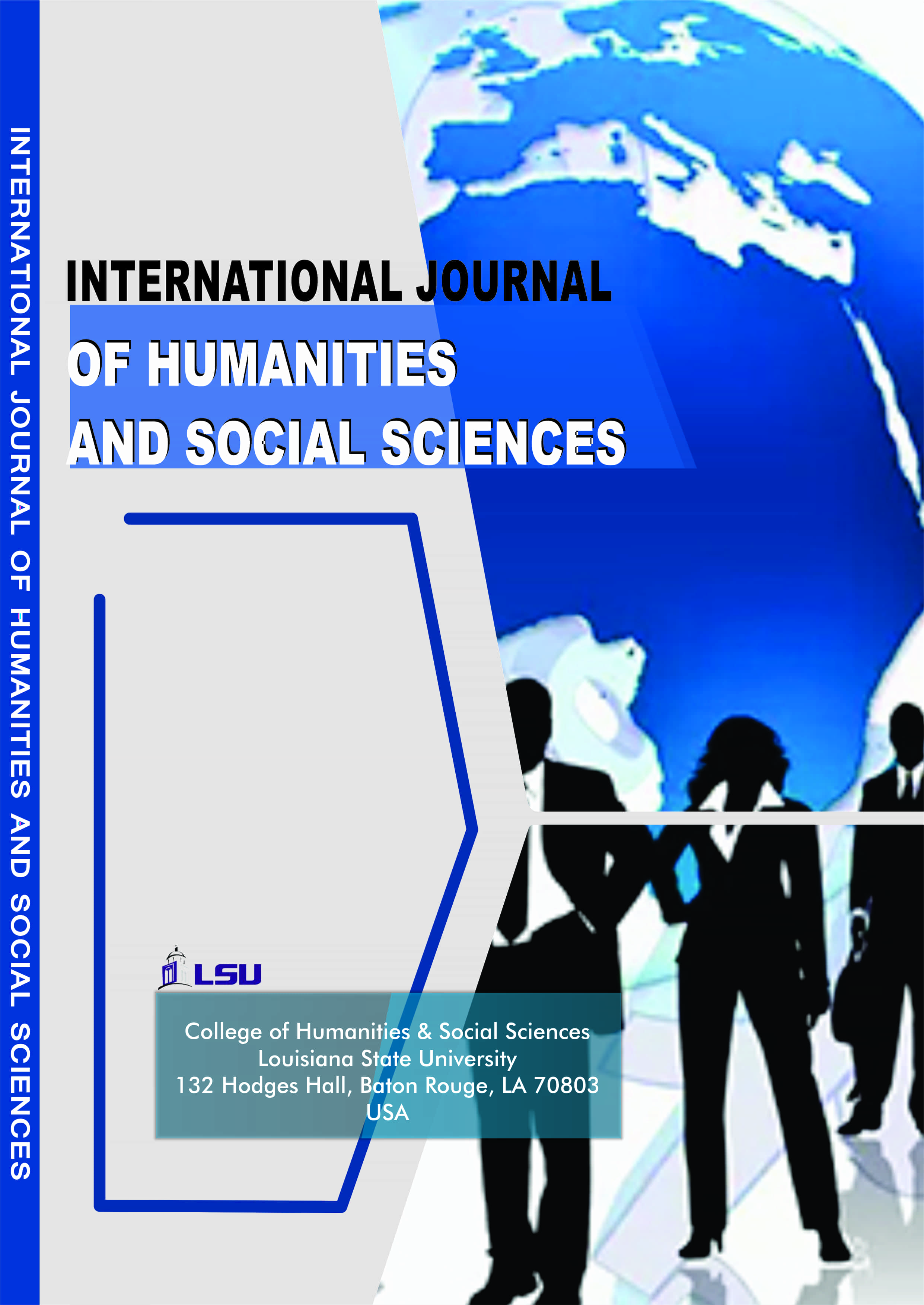INTERNATIONAL JOURNAL OF HUMANITIES AND SOCIAL SCIENCES (IJHSS)
Religion and Peacebuilding of Citizenship
E-ISSN: 3435-6457
P-ISSN: 8654-3552
DOI: https://iigdpublishers.com/article/482
This concluding chapter attempts to demonstrate a potentially constructive yet under-theorized link between the scholarship and practice of peacebuilding, on the one hand, and post-colonial deconstructive tools of analysis, on the other. The latter focus on subaltern experiences and on an exposition of power dynamics (the institutional and cultural logic of misrecognition and maldistribution) illuminates two important aspects of peacebuilding: human rights advocacy and conflict transformation. The human rights framework is employed to evaluate and redress areas of injustice. It provides important vocabulary and tools with which to articulate grievances and claims of restorative justice. In tum, the transformation of a conflictual context depends on recognition of the underlying structures of injustice. Such transformative recognition may emerge out of a deconstructive introspection of the dominant ethos and patterns of control. However, for post-colonial modes of analysis and protest to affect a substantive transformation of ethnoreligious national conflict, a constructive process of reimagining the 'nation' needs to take place. This process would require reimagining alternative modes in which religion, ethnicity and conceptions of citizenship may interact with one another within the framework of the nation-state.
Bita Salafzoon
Gurr, T. D. (1993). Minorities at Risk: A Global View of Ethnopolitical Conflicts. Washington, D.C: Institute of Peace.
Hunt, C. & L. H. (1980). Sociology (Fifth Edit). New York: McGraw-Hill. Kaldor, M. (1976). The military in development. World Development, 4(6), 459–482. https://doi.org/10.1016/0305-750X(76)90032-2
Luz, E. (1988). Parallels Meet: Religion and Nationalism in the Early Zionist Movement (1882-1904). In 1988. Philadelphia: Jewish Publication Society.
Makdisi, S. a. (1978). Flexible exchange rate policy in an open developing economy: The Lebanese experience, 1950–1974.
World Development, 6(7–8), 991–1003. https://doi.org/10.1016/0305-750X(78)90057-8
